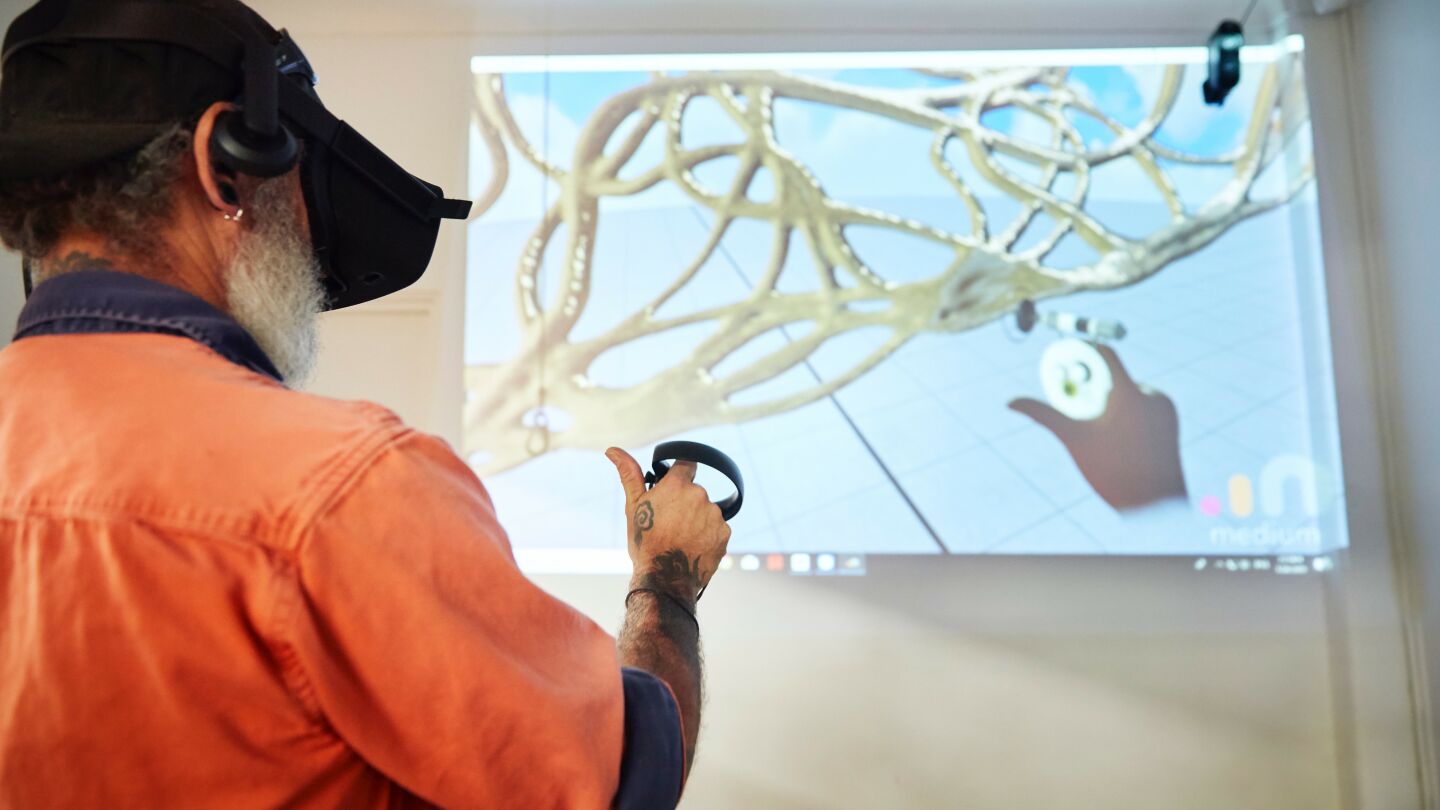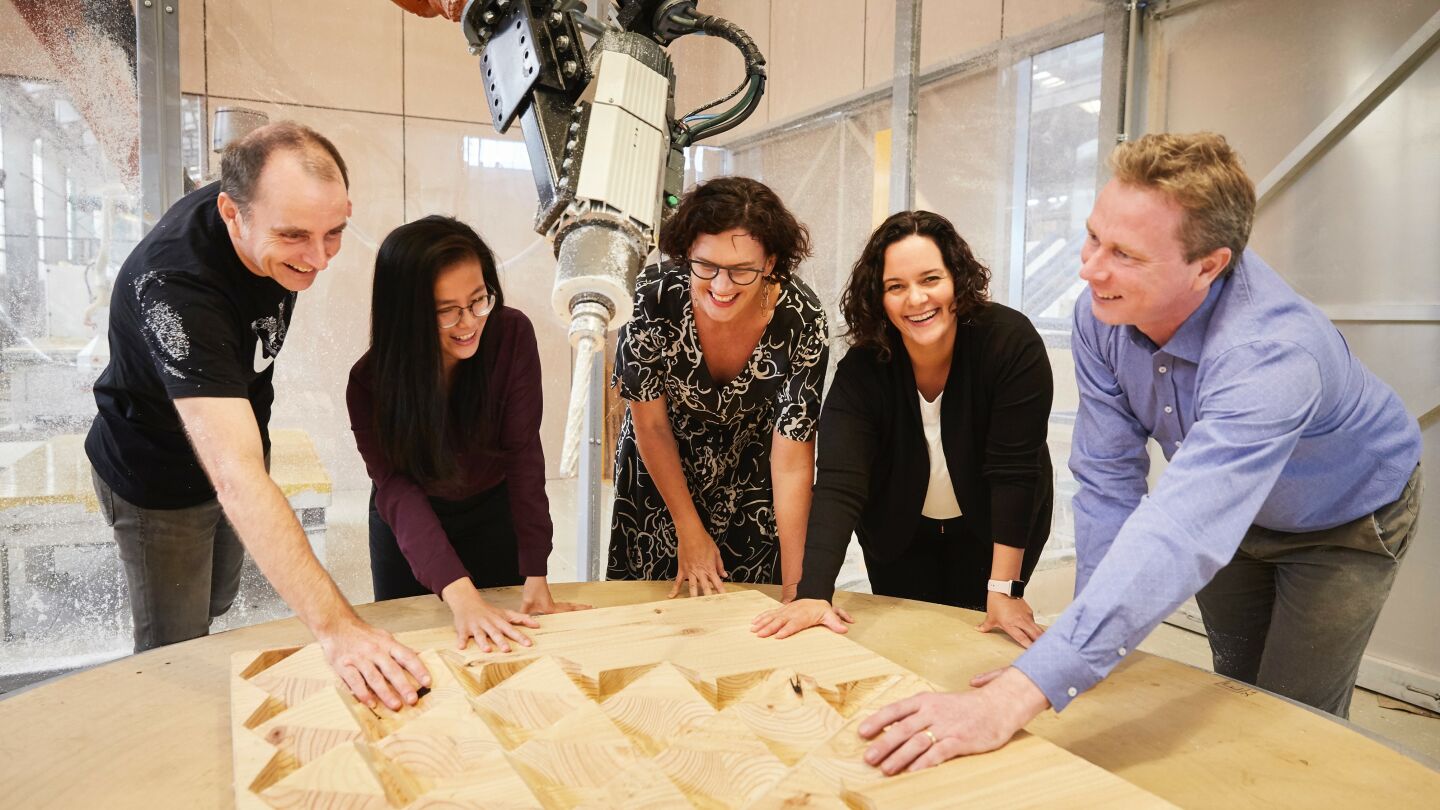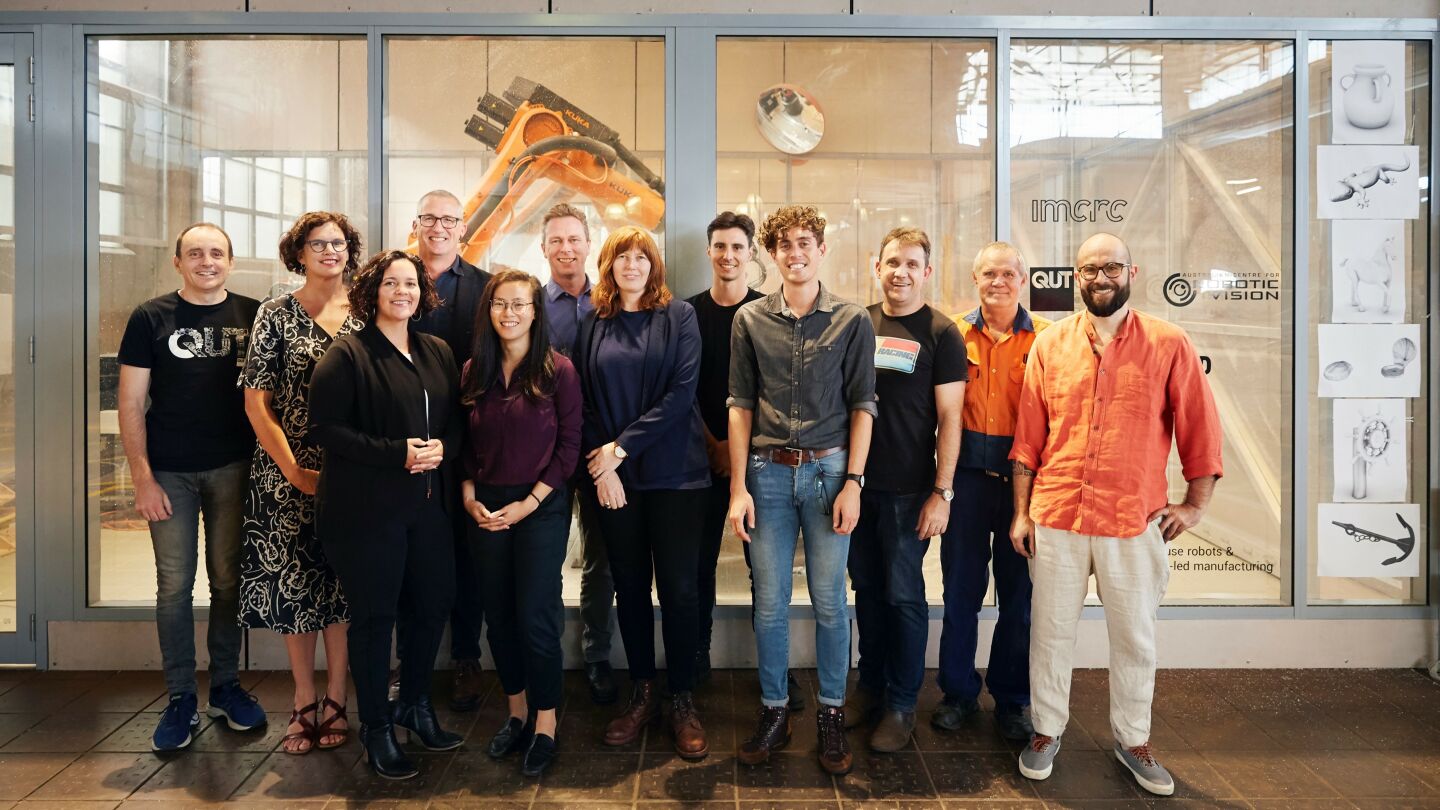Design Robotics project wins Excellence in Innovation Award
IMCRC congratulates its ‘Design Robotics for Mass Customisation’ team on winning the Cooperative Research Centre Association’s 2020 Award for Excellence in Innovation.
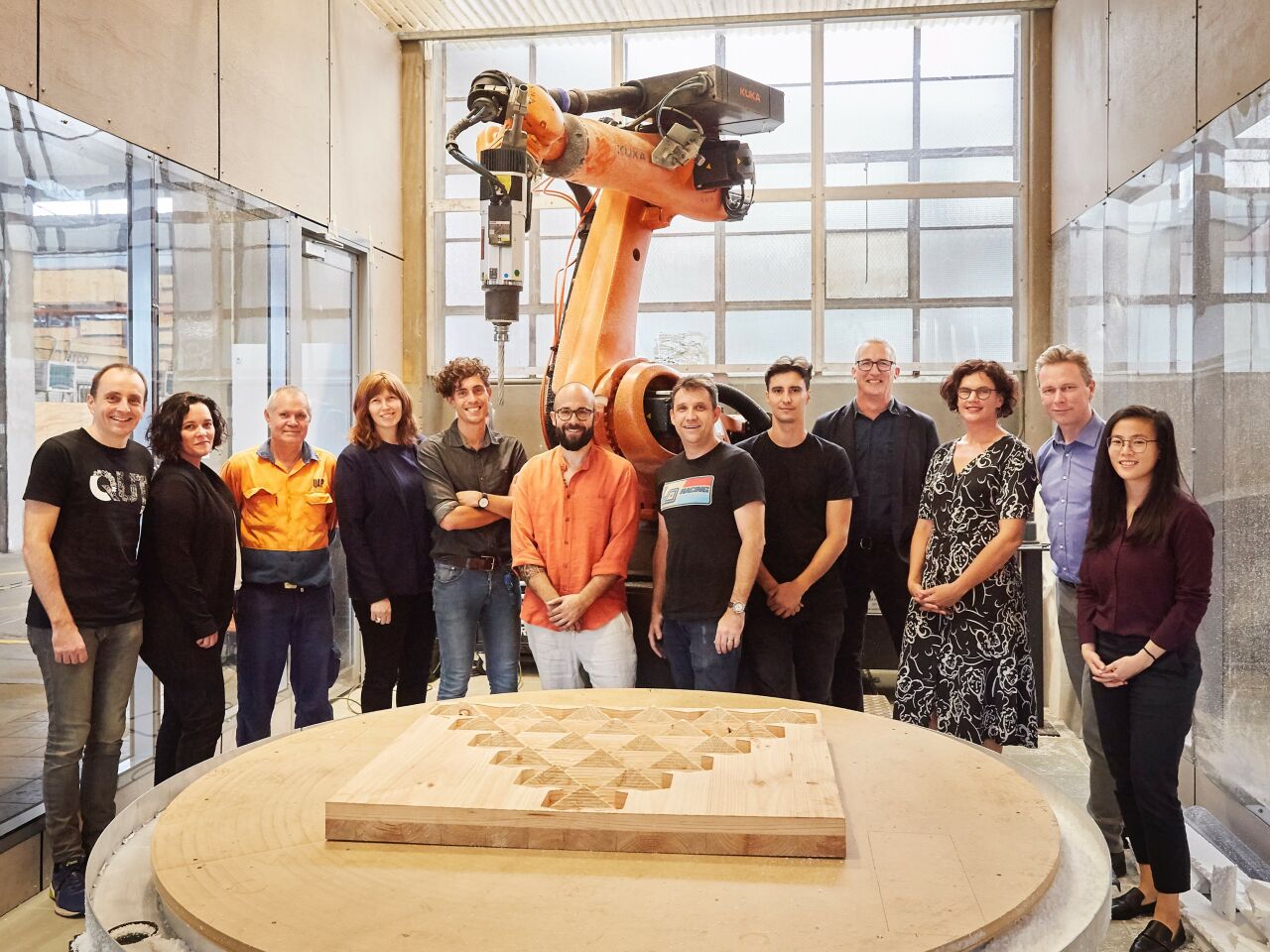
CRC Association’s 2020 Award presented to UAP, the Queensland University of Technology, and RMIT University.
IMCRC congratulates its ‘Design Robotics for Mass Customisation’ team on winning the Cooperative Research Centre Association’s 2020 Award for Excellence in Innovation.
Presented at this year’s Cooperative Research Australia (CRA) Collaborate | Innovate 2021 conference, the award recognises outstanding examples of research collaboration that address industry-specific problems for the benefit of Australian industry and the economy.
With funding from IMCRC, in 2017, Brisbane-based design and manufacturing company Urban Art Projects (UAP) embarked on an $8 million design robotics research project in partnership with Queensland University of Technology (QUT) and RMIT University (RMIT).
By investing in robotic vision systems and developing intelligent user interfaces, UAP streamlined its ability to manufacture bespoke artwork and architecture pieces here in Australia. As part of the project, UAP also opened its factory doors to local manufacturing SMEs to share research outcomes and education on how robots and other emerging technologies can assist in manufacturing high-value products. This ‘open innovation’ approach led to the Advanced Robotics for Manufacturing (ARM) Hub in Brisbane.
Read more about this accolade at IMCRC website.
#Related Articles
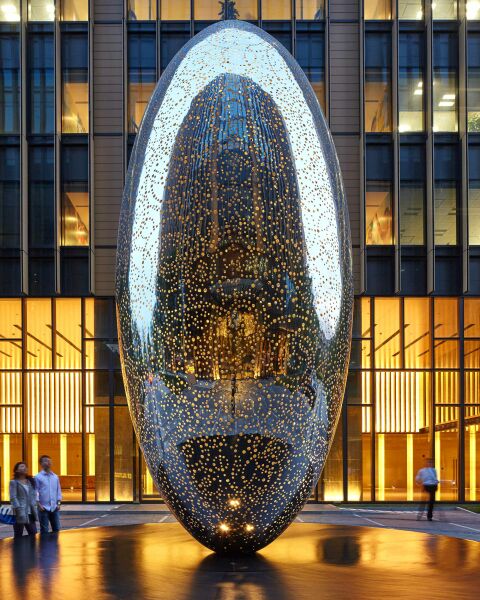
From Ai Weiwei to Zheng Lu: meet UAP, the Dream Builders Bringing Art to Life on a Grand Scale
How UAP founders Daniel and Matthew Tobin and their team have been bringing artworks to life in major sculptural projects across the globe.
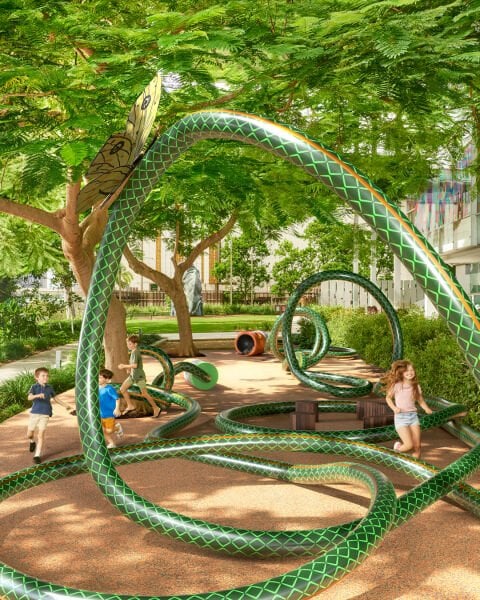
'The BIG HOSE' - Tony Albert & Nell
Tony Albert and Nell’s vision for QAGOMA’s monumental playscape ‘The BIG HOSE’ prioritises children’s learning and celebrates their inquisitive nature.

The Best Public Art of 2018
For the third year running, the art-and-design studio and foundry UAP has compiled a list of the most compelling public artworks and initiatives around the globe.
